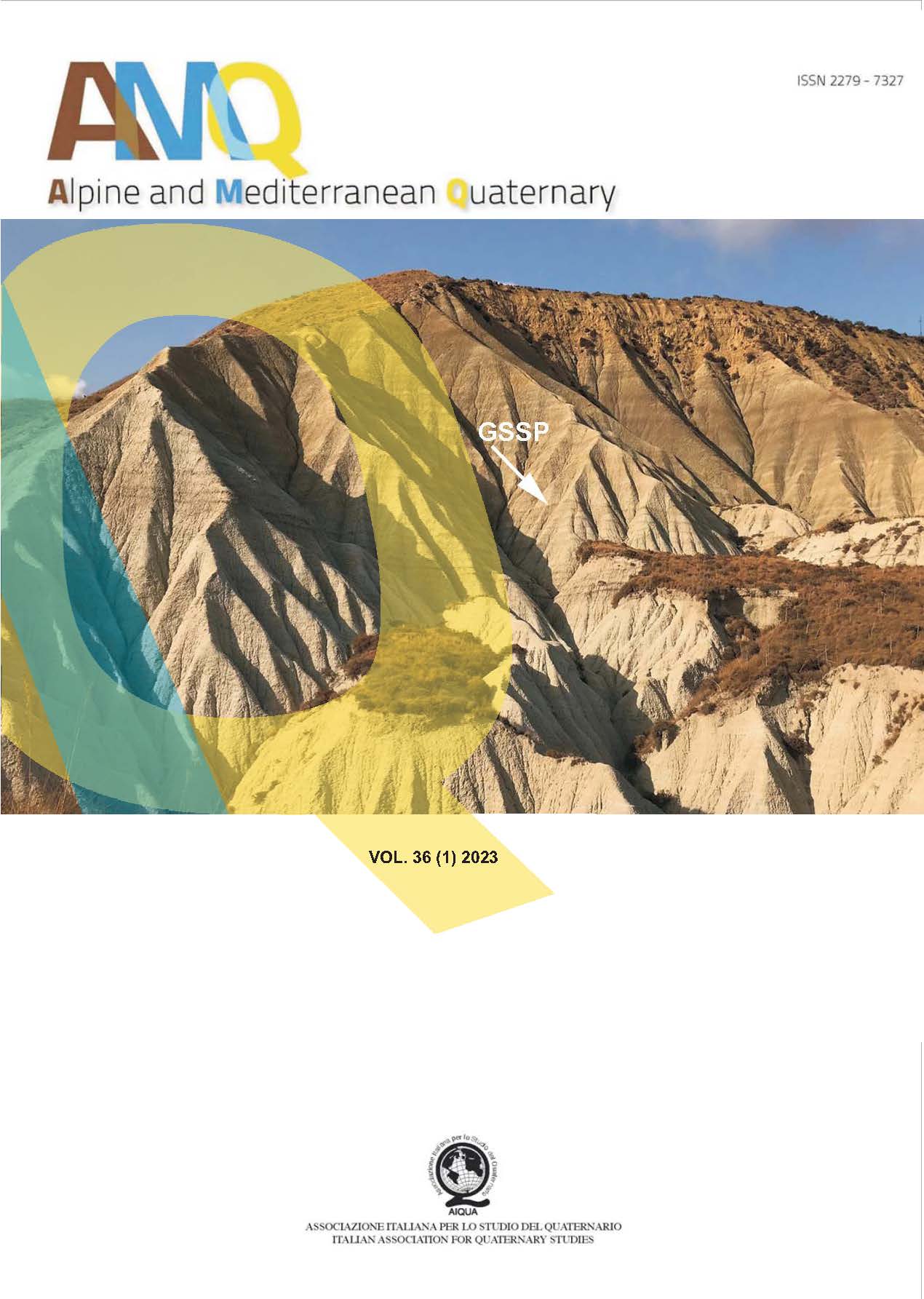The geographic variability of the millennial sea-level changes along the coasts of Italy
Main Article Content
Abstract
The large abundance of geological and archeological evidences of past sea-level stands have made the Italian coasts a major focus for the Mediterranean Sea-level science since the beginning of 20th century. We have populated an open-access database including the relative sea-level (RSL) data available for the coasts of Italy.
The creation of this database, produced following the most recent protocols of sea-level research, also allowed to evaluate the drivers which majorly controlled the variability of the Holocene (last 12 ka BP) sea-level histories along the Italian peninsula. Major subsidence trends (driven by tectonics and sediment compaction) characterize the coastal plains of the north-eastern Adriatic and northern Tuscany. Major uplift trends (often co-seismic) were found in NE Sicily and in the southernmost tip of Calabria. The most complex RSL evolution was observed in the Phlegrean fields volcanic district where, in the same area, we observed the juxtaposition of the highest relict of a mid-Holocene shoreline (more than 34 m above the present sea-level) and evidence of Roman buildings more than 8 m below present sea level.
The comparison of the Italian sea-level with the geophysical models routinely used for the prediction of the RSL position through time yielded contrasting results. In particular, our analysis showed that caution should be used in paleogeographic reconstruction for periods older than 8.0 ka BP and only based on geophysical predictions. In fact, none of the models is able to reconcile the proxy-based RSL evolution in the early Holocene period.
This proposed database is an open repository and future production of new RSL data can be easily stored following the same scheme presented in this work.
Article Details
Issue
Section

This work is licensed under a Creative Commons Attribution-NonCommercial-NoDerivatives 4.0 International License.
The Author grants usage rights to others using an open license (Creative Commons or equivalent) allowing for immediate free access to the work and permitting any user to read, download, copy, distribute, print, search, or link to the full texts of articles, crawl them for indexing, pass them as data to software, or use them for any other lawful purpose.

